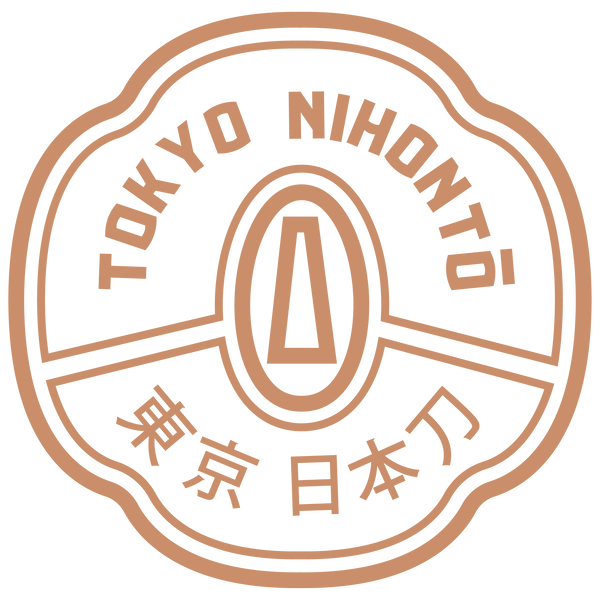Tokyo Nihonto
Katana Taira Takada - Hozon Token
Katana Taira Takada - Hozon Token
Impossible de charger la disponibilité du service de retrait
Une question ? Contactez-nous ici .
Muromachi Period Katana - Attributed to Taira Takada
This exceptional katana, attributed to the prestigious Takada school in Bungo province (modern-day Oita prefecture), reflects the rich history and craftsmanship of the late Muromachi period. The blade is unsigned (mumei) and comes with a NBTHK Hozon Token certificate, affirming its authenticity and cultural value.
Specifications:
- Total Length: 91.8 cm
- Blade Length: 63.6 cm
- Curvature (Sori): 1.6 cm
- Base Width (Motohaba): 2.7 cm
- Tip Width (Sakihaba): 0.5 cm
- Base Thickness (Motokasane): 0.6 cm
- Weight: 1.62 kg
Additional Details:
- Period: Late Muromachi
- Certificate: Hozon Token
- Signature: Mumei
Features:
The katana features a shinogi-zukuri shape with a toori-zori curvature, and a ko-kissaki (small tip) and iori mune (roof-shaped back). The nakago (tang) has an iriyama gata nakagojiri (rounded end). The hamon (temper line) is in a gunome midare (undulating pattern), showcasing the blade’s superior craftsmanship and aesthetic appeal.
Historical Context:
The Takada school, founded by Takada Tomoyuki during the Nanbokucho period (1334-1338 A.D.), was renowned for its exceptional sword-making techniques. Tomoyuki trained in the Bizen province to master the craft before returning to Takada village to establish the school. This tradition of excellence continued through generations, and during the Edo period, those who forged swords in Takada were referred to as Taira Takada or Fujiwara Takada.
During the Sengoku period (15th to late 16th century), the Takada school produced numerous swords for samurai in Kyushu. These blades were highly regarded, often compared to the famous Mino and Bizen swords. The Bungo domain, under the rule of Otomo Yoshishige (also known as Sorin), saw significant military and political strength, with the Takada school forging swords for warriors serving the Otomo clan.
Kyushu’s strategic trading position with Asian countries fostered a prosperous environment for sword-making. The Takada school’s reputation for high-quality swords ensured a steady demand from feudal lords engaged in regional conflicts.
Condition:
The blade shows signs of age with some rust and minor scratches. The koshirae (mountings) and shirasaya (plain wooden scabbard) are included, though there may be some looseness and wear, as shown in the photographs. Note that some accessories, like the mekugi (peg), may not be included.
This katana is a remarkable piece of history, reflecting the skill and legacy of the Takada school. It is not only a weapon but a testament to the rich sword-making traditions of the late Muromachi period and the enduring legacy of the samurai.









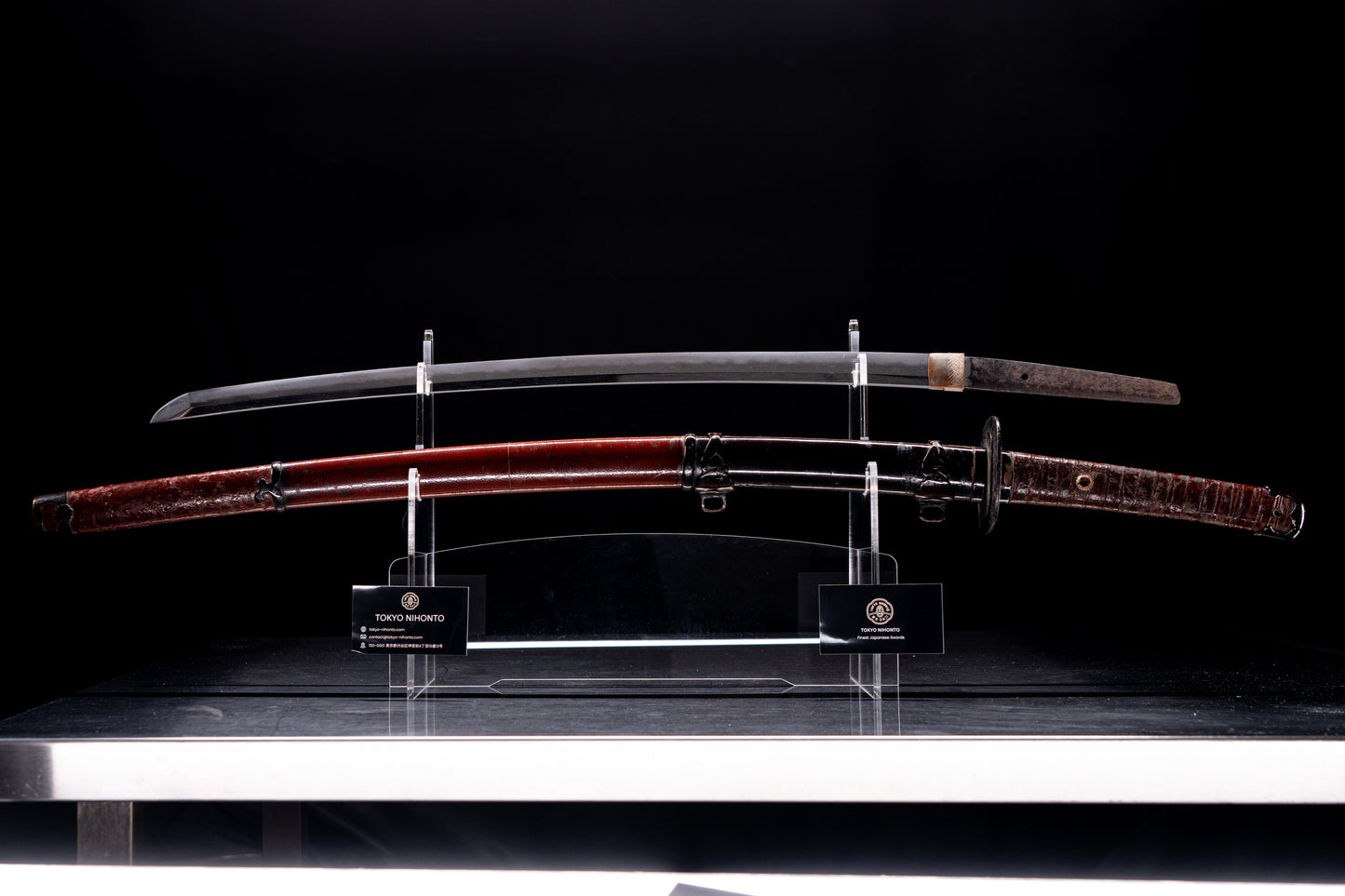
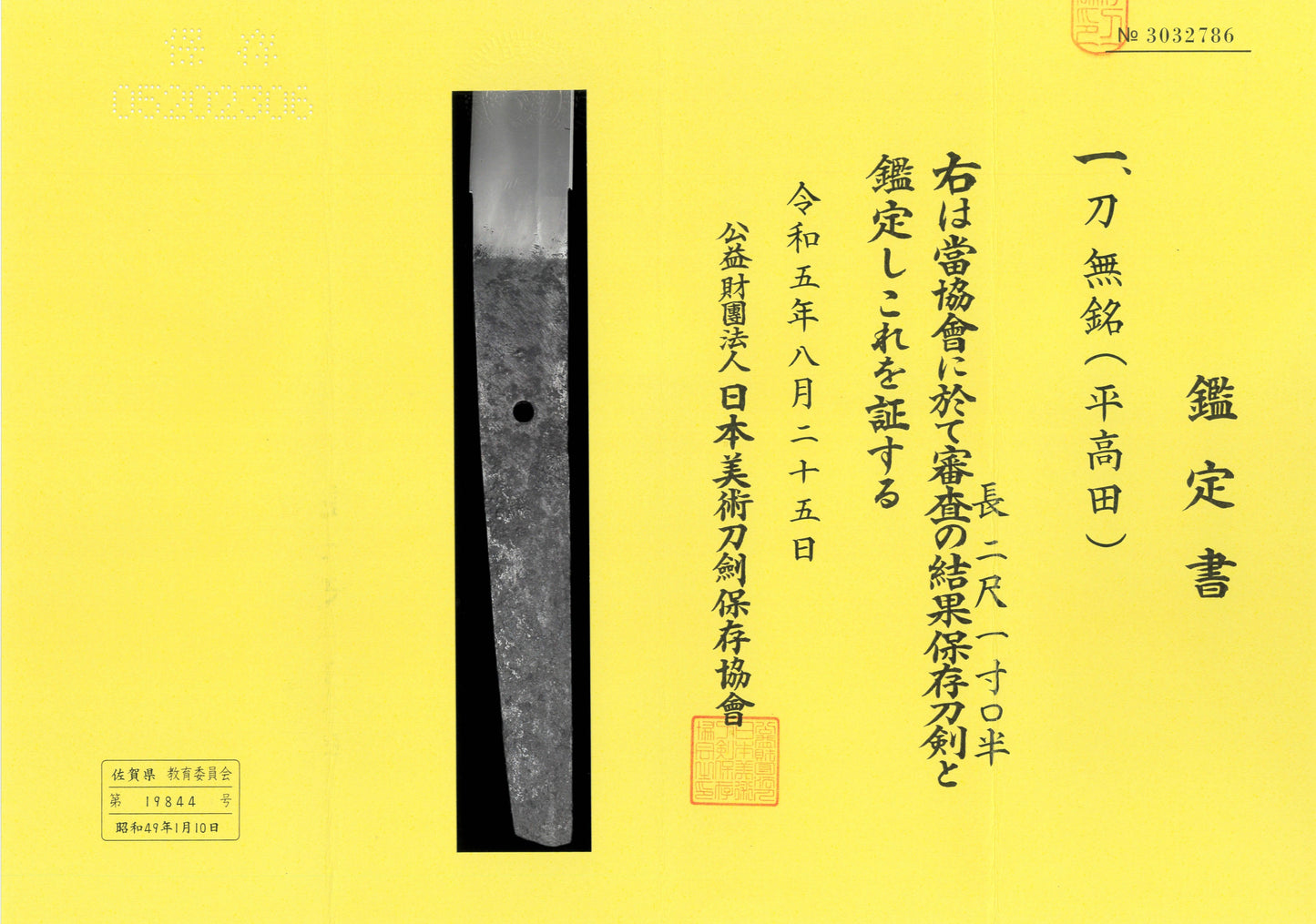
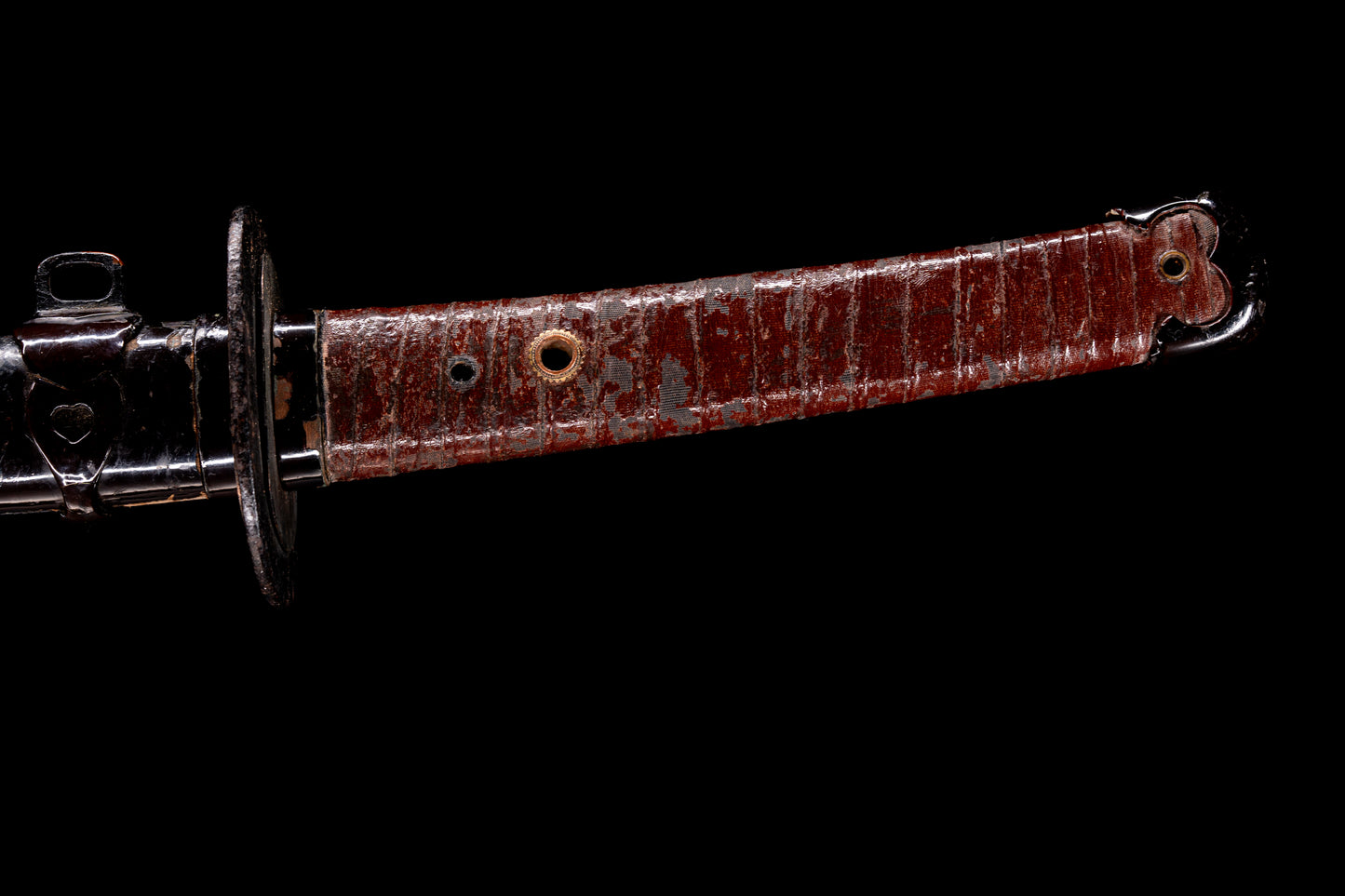
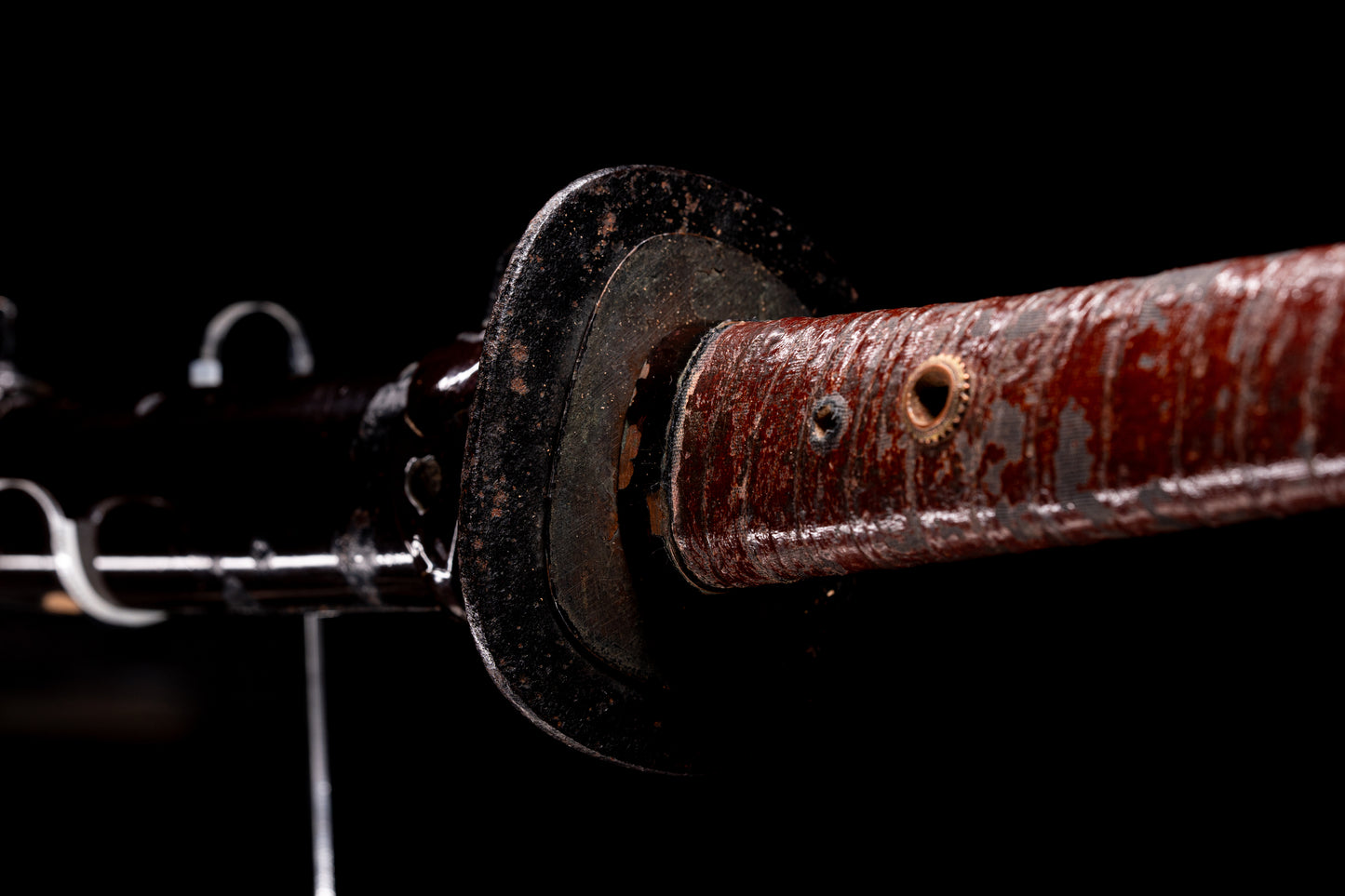
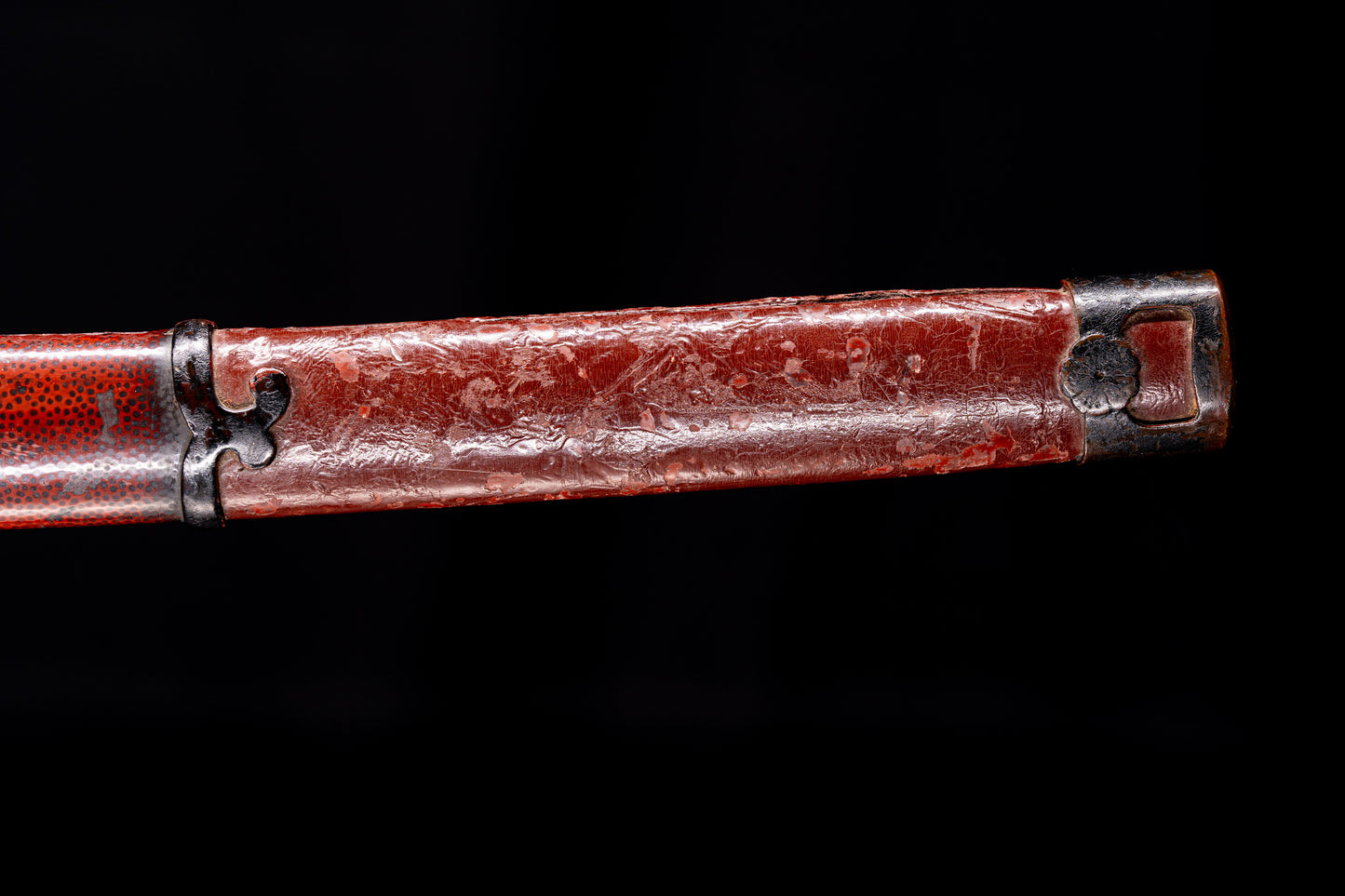
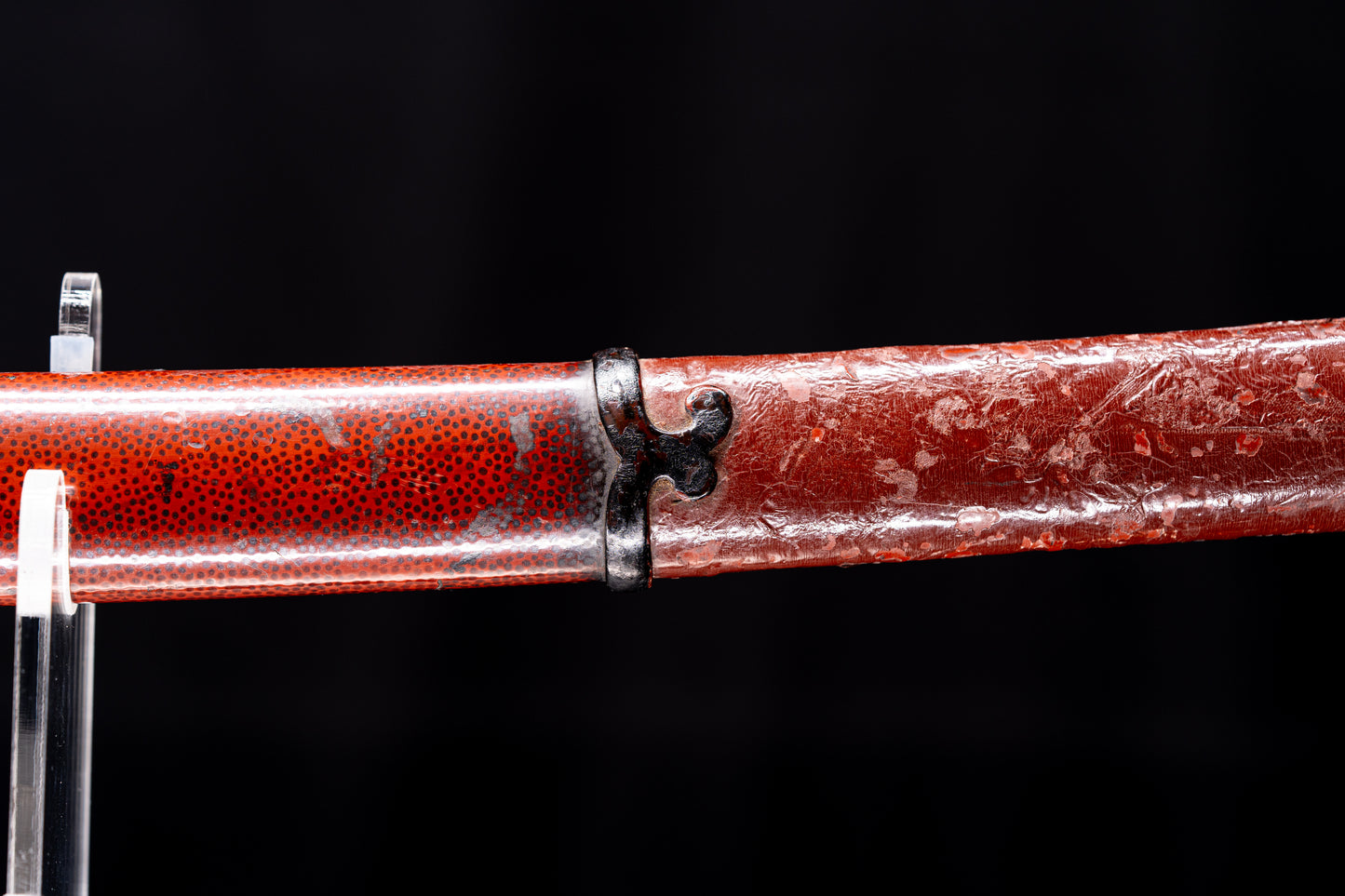
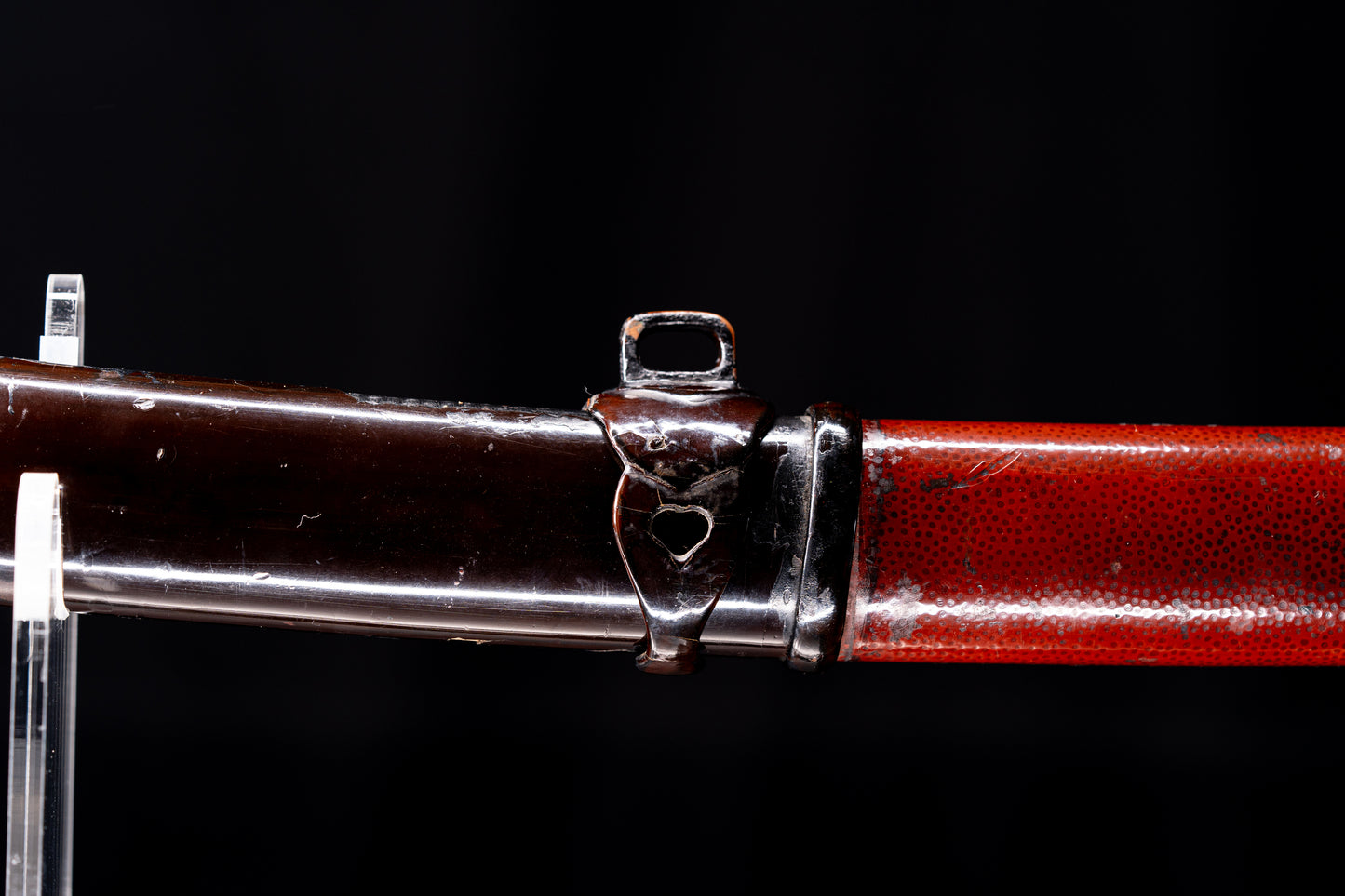
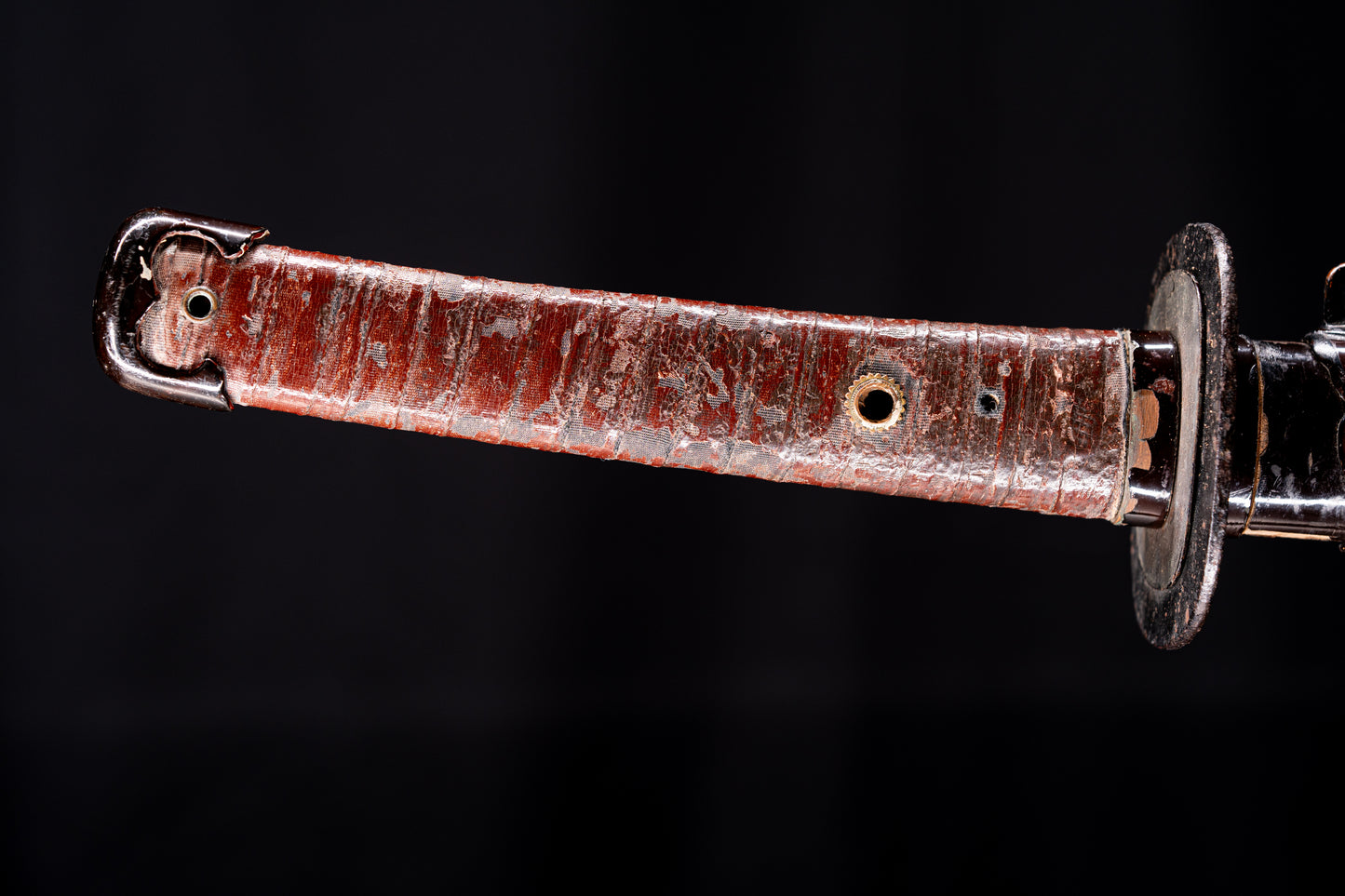
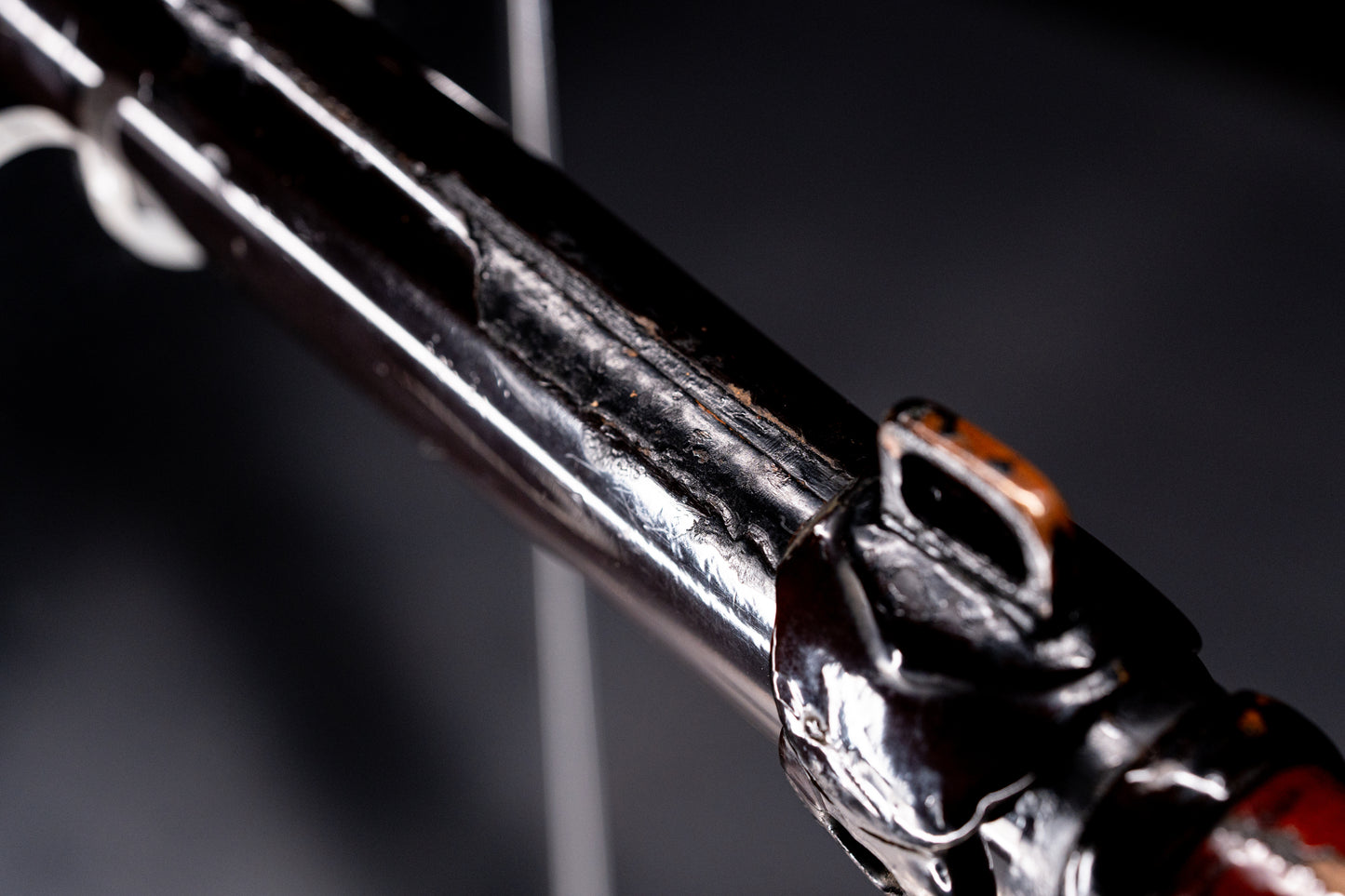
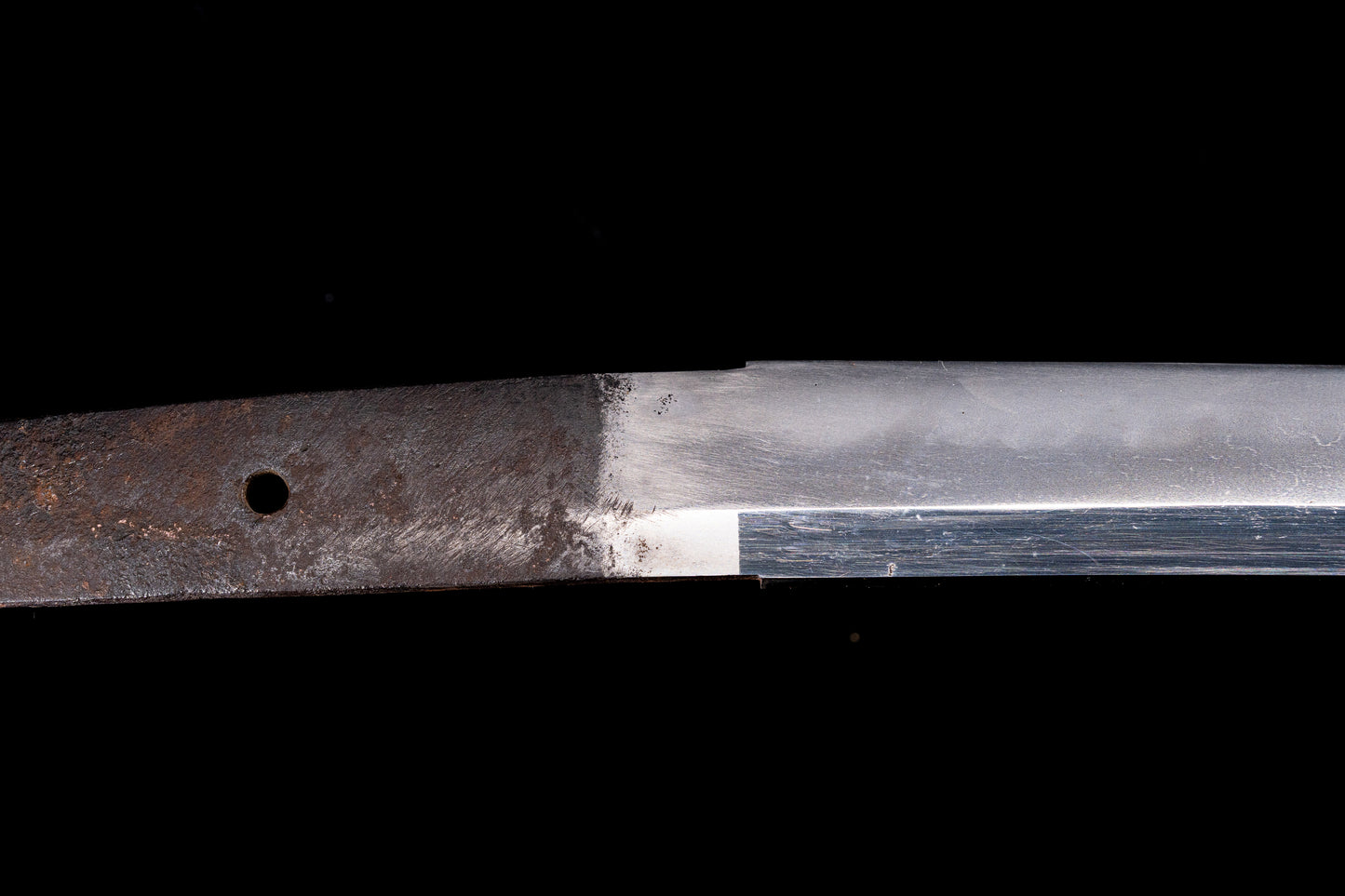
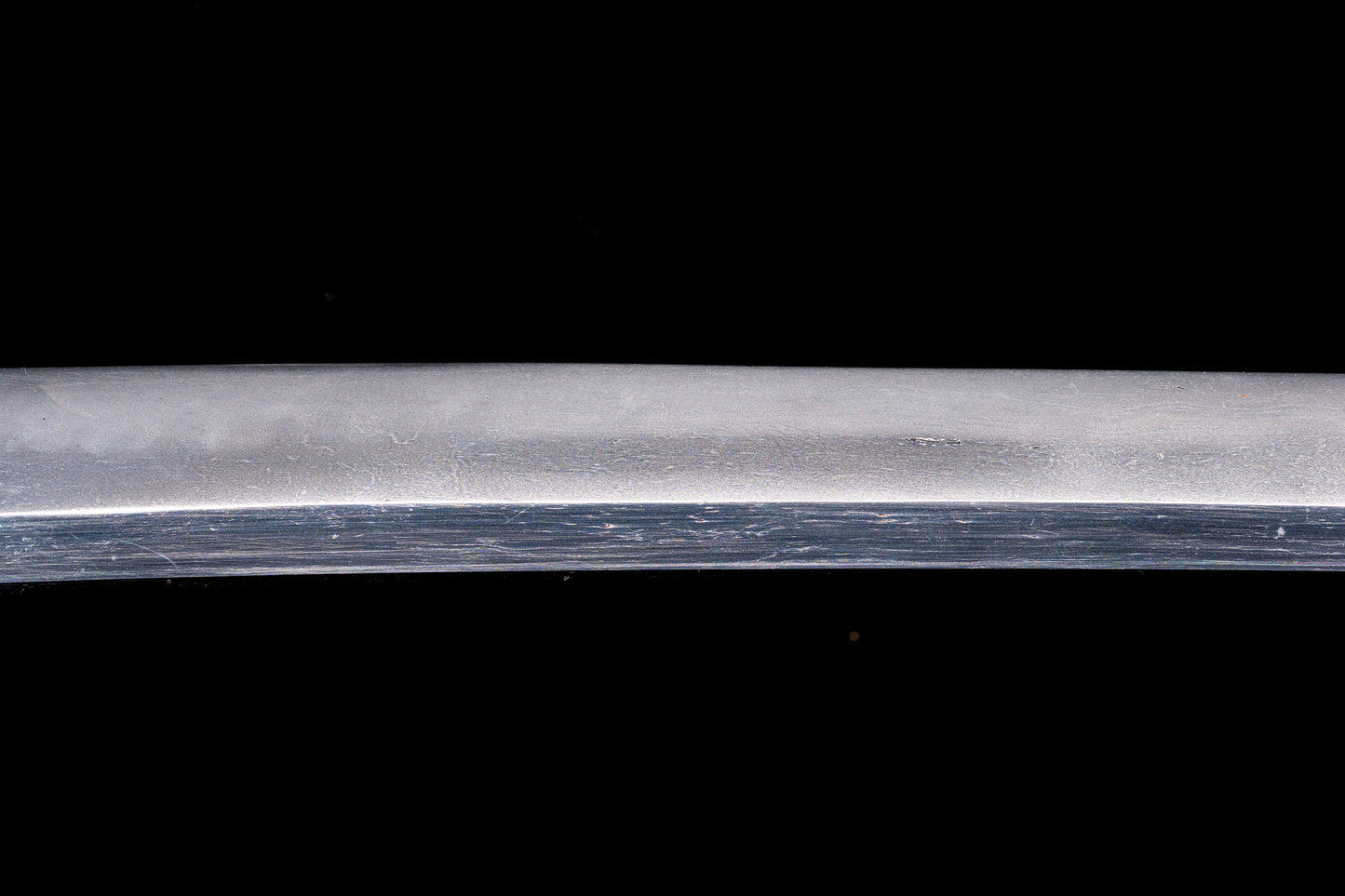
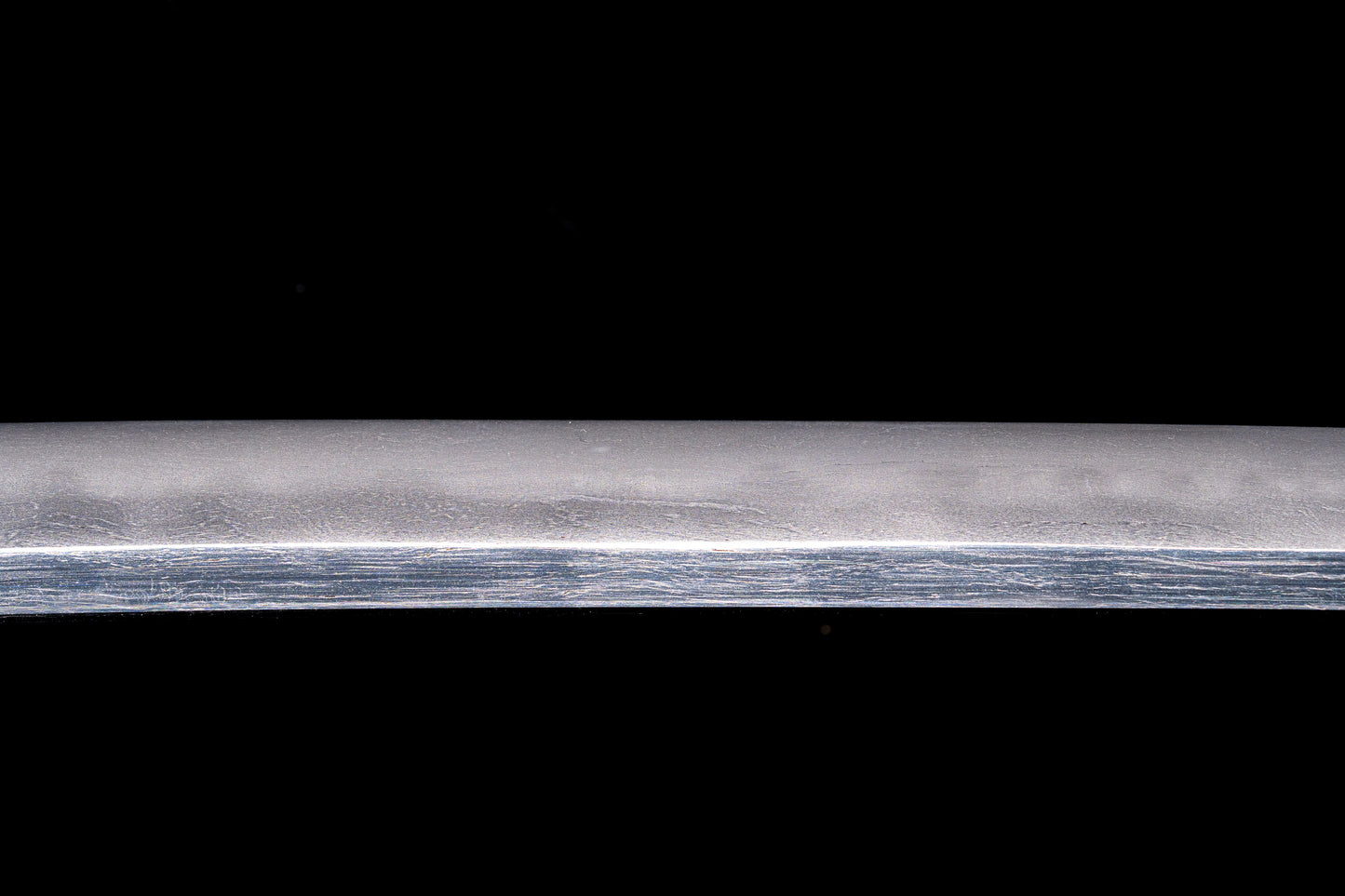
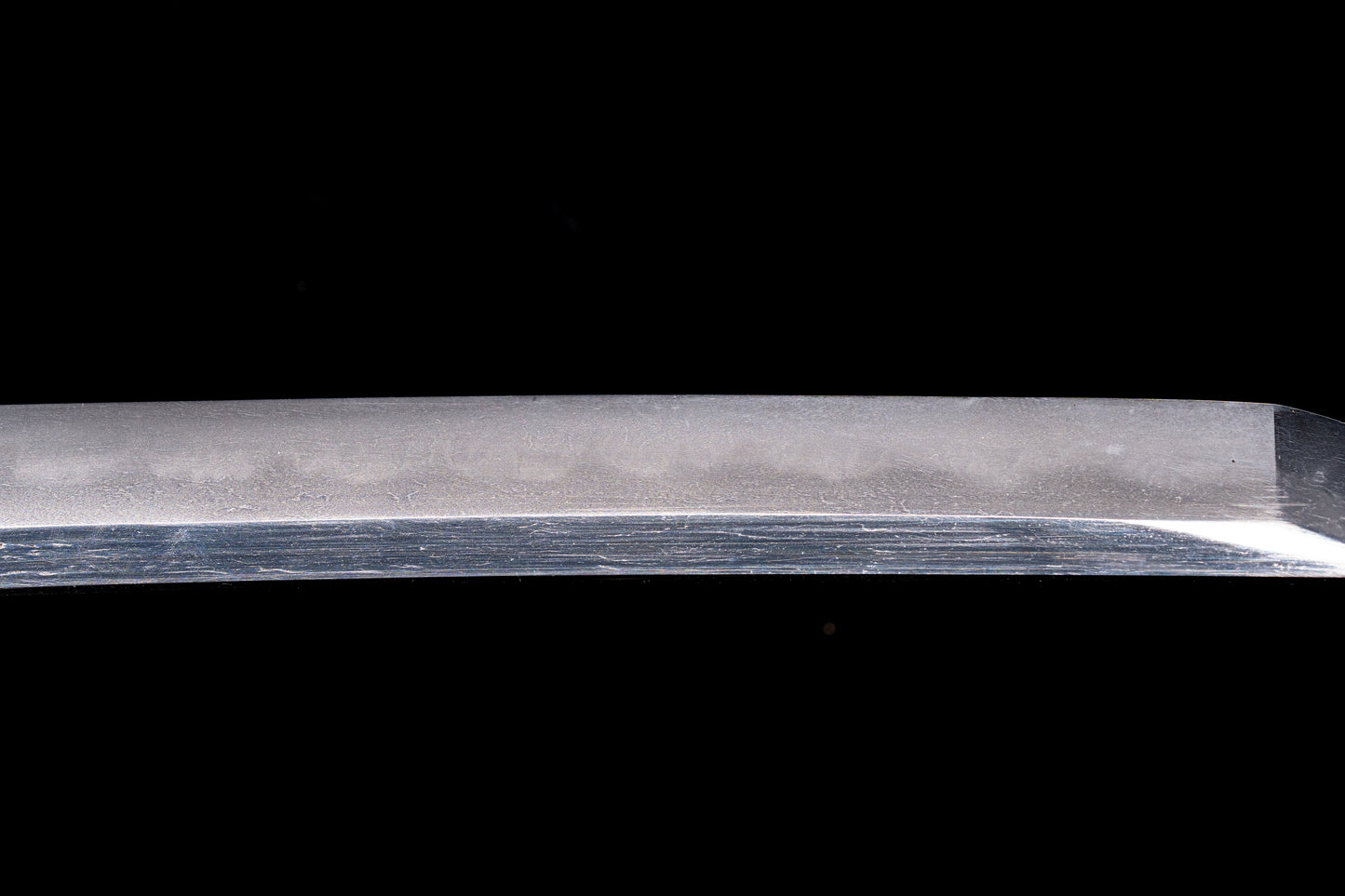
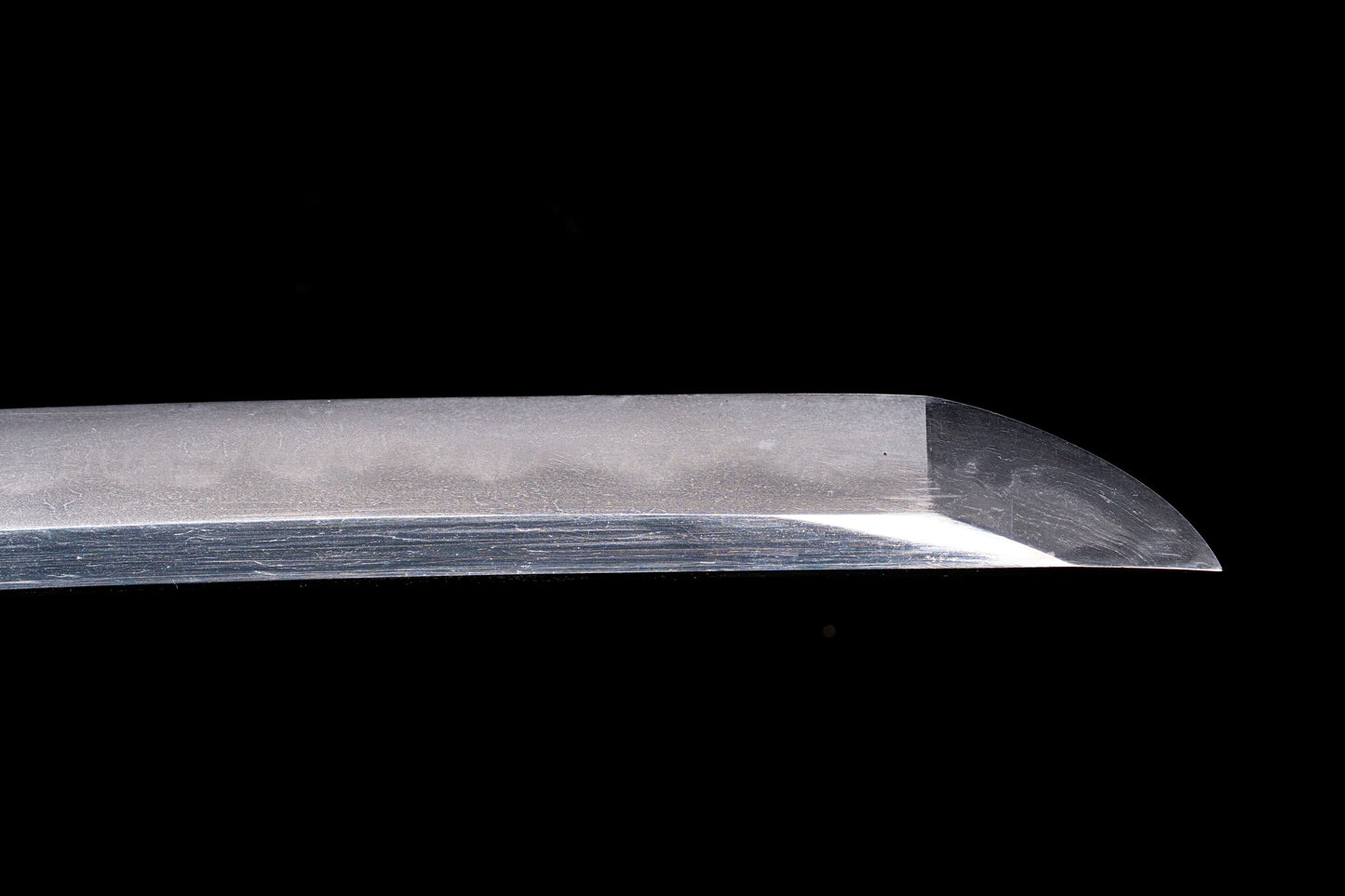
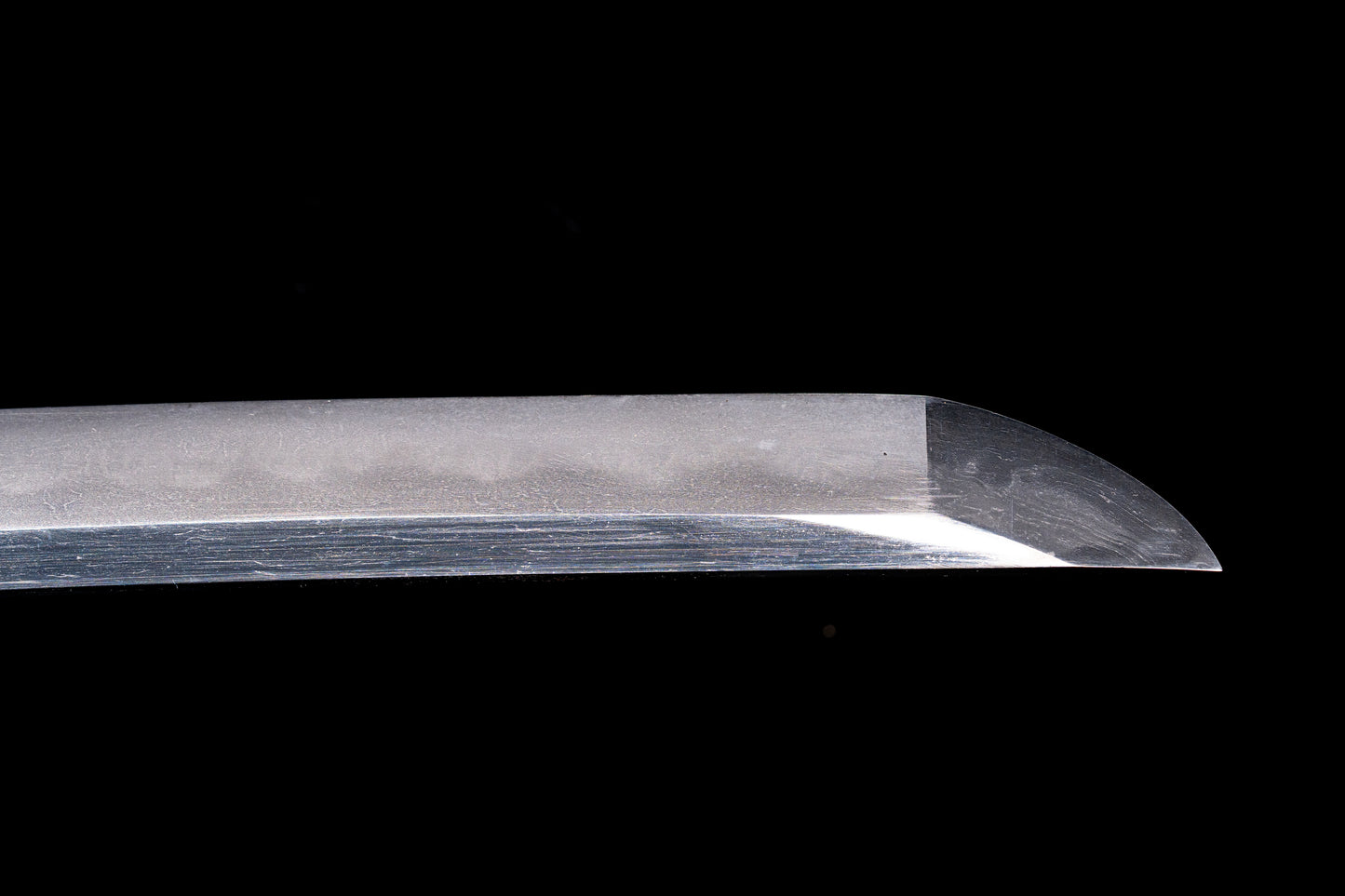
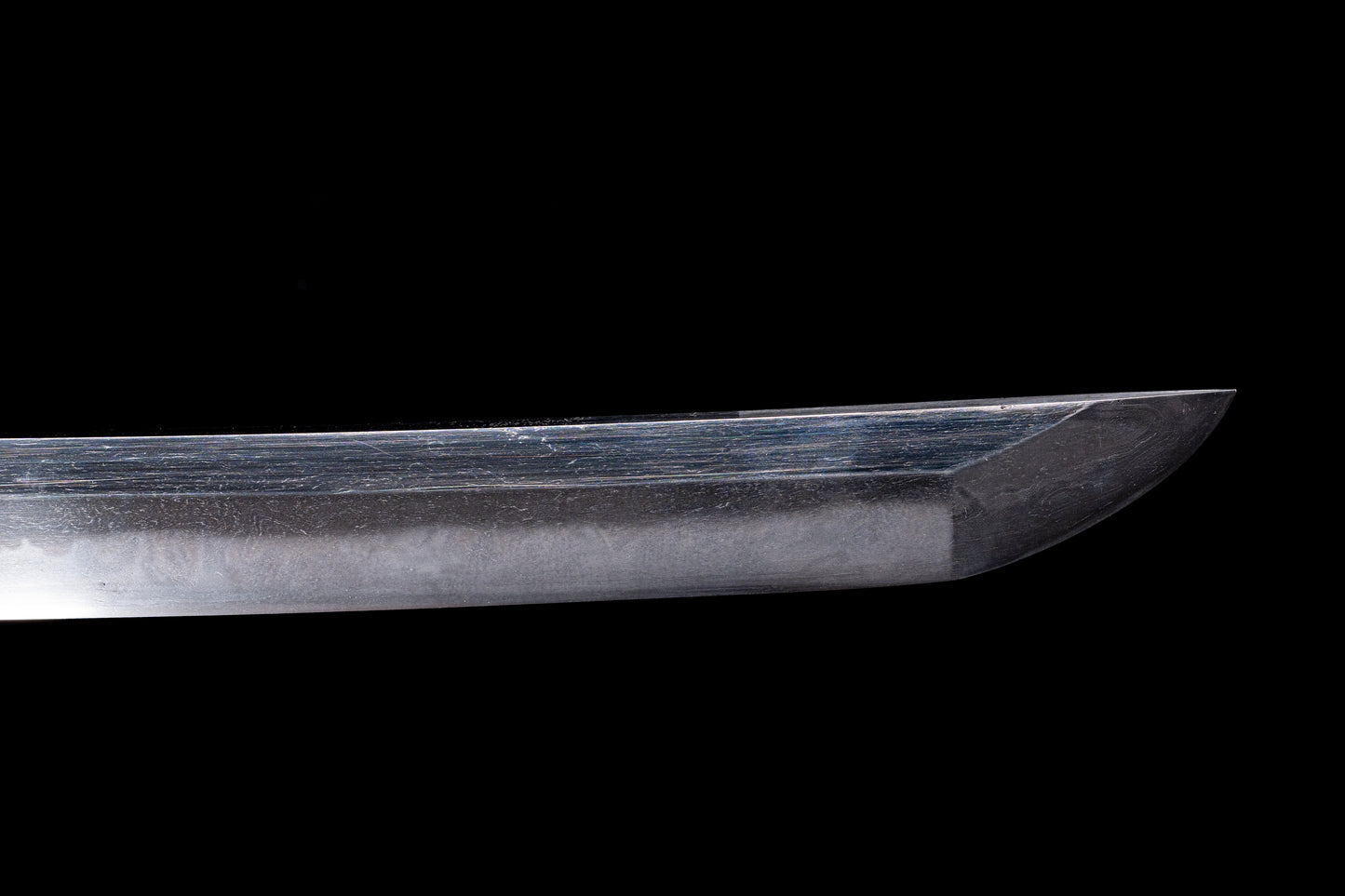
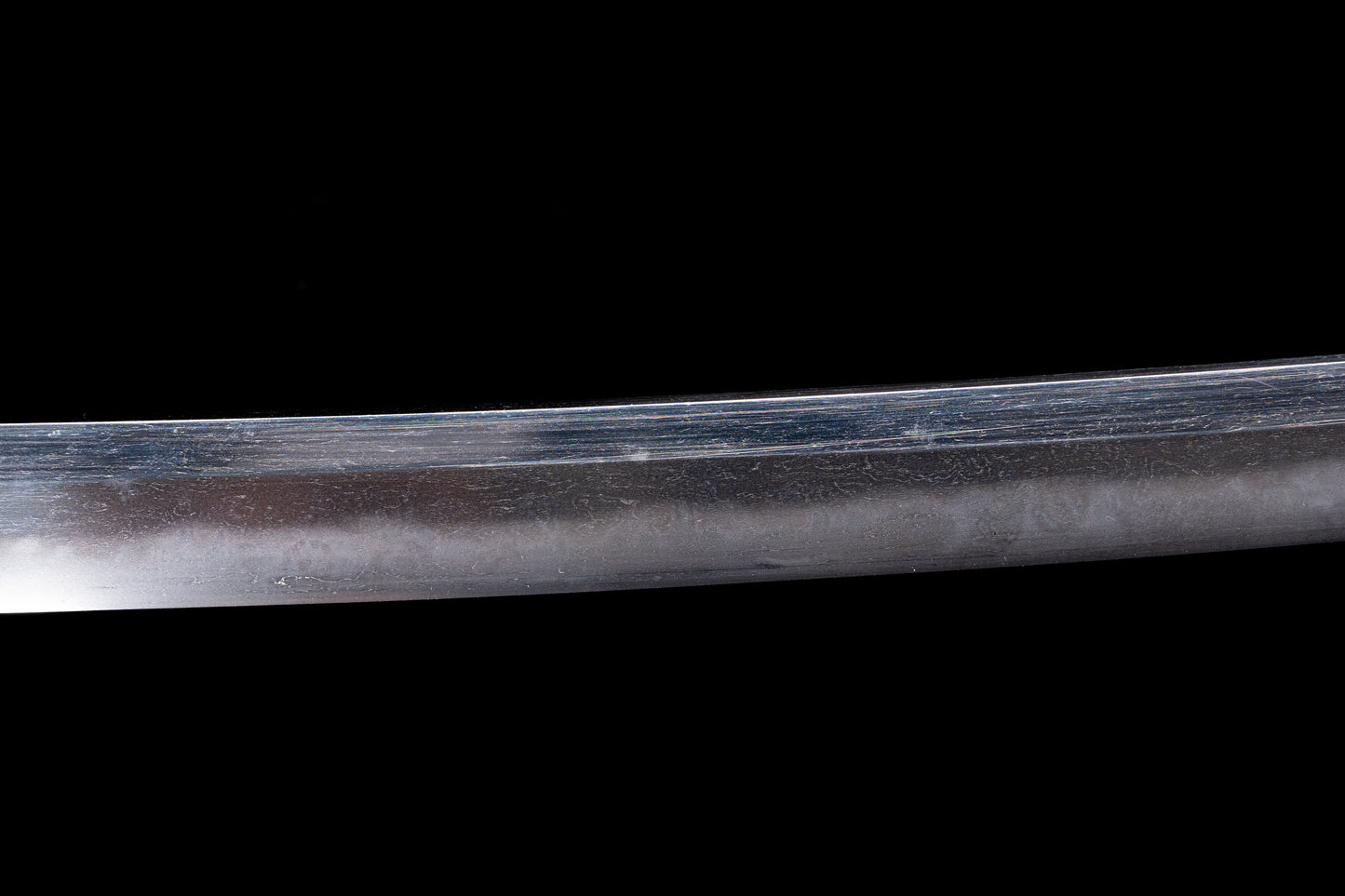
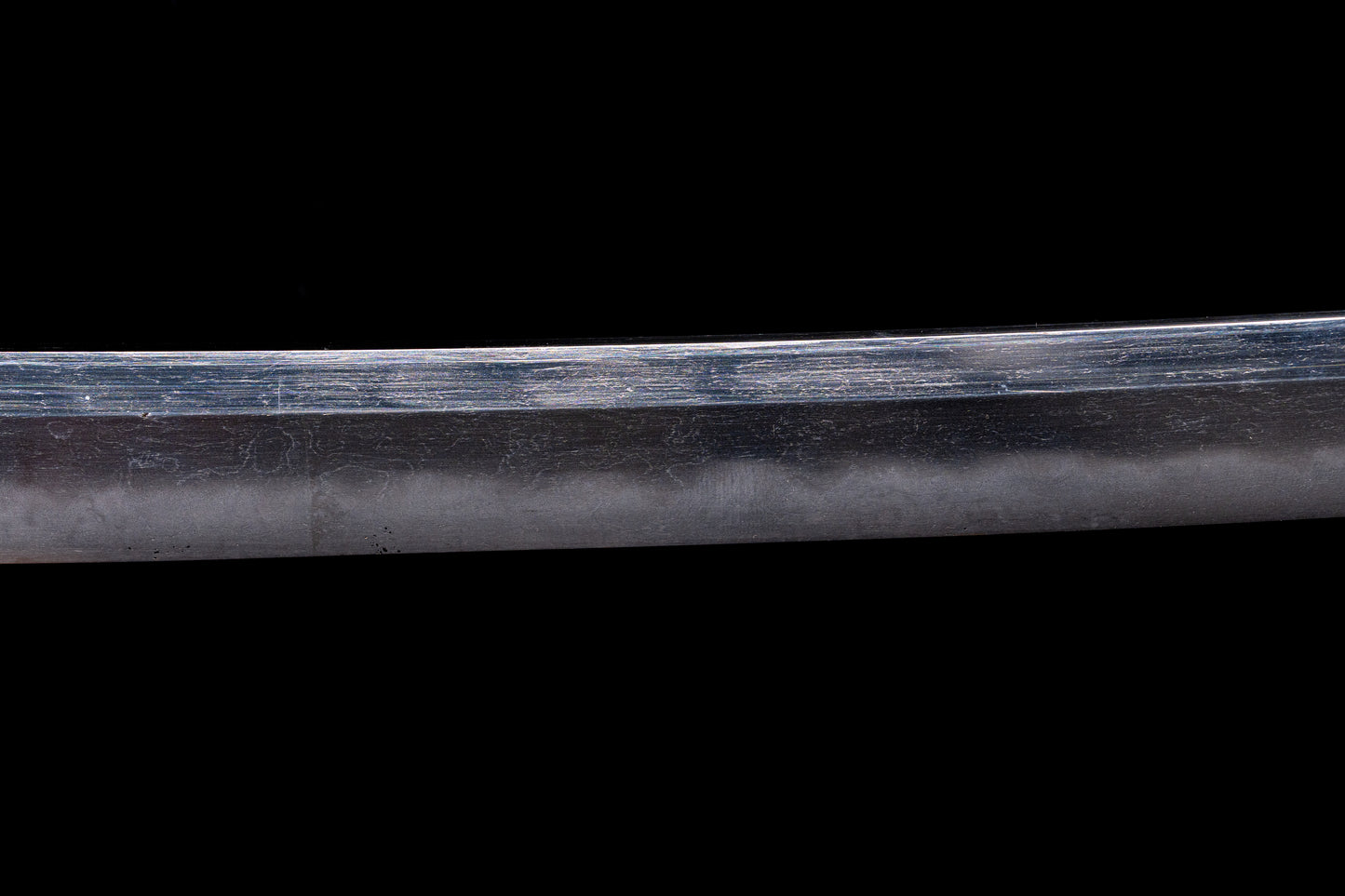
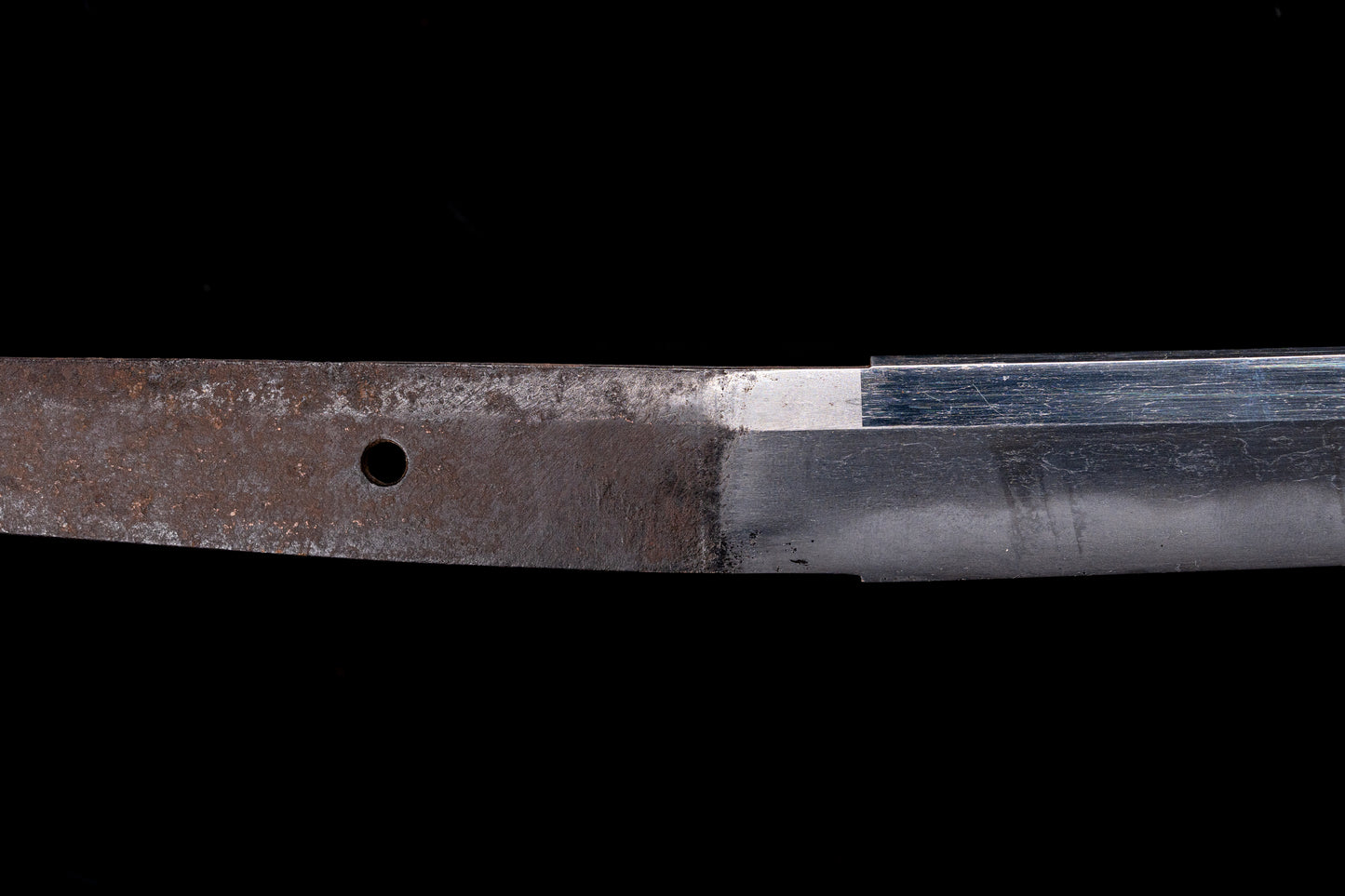
Contenu réductible
Paiement
Vous pouvez payer par carte bancaire ou virement bancaire. Si vous souhaitez utiliser le virement bancaire, veuillez nous contacter en utilisant le formulaire ci-dessous avec le nom du sabre que vous souhaitez acheter.
Douanes et Taxes
・Les droits d'importation, les taxes et les frais ne sont pas inclus dans le prix de l'article ou les frais d'expédition. Ces charges sont sous la responsabilité de l'acheteur.
・Veuillez vérifier auprès du bureau de douane de votre pays pour déterminer quels seront ces coûts supplémentaires avant d'enchérir/d'acheter.
・Ces frais sont normalement collectés par la société de livraison de fret (expédition) ou lorsque vous récupérez l'article - ne les confondez pas avec des frais d'expédition supplémentaires.
Expédition et retour
Les sabres sont expédiées de Tokyo, au Japon . Nous gérons toutes les procédures pour exporter le sabre.
Vous ne pouvez pas renvoyer le sabre au Japon car les procédures sont trop strictes.
Nous travaillons avec une compagnie maritime qui a de l'expérience avec Nihonto afin que vous n'ayez pas à vous inquiéter.
Veuillez vérifier les règles de votre pays avant d'importer le sabr. Nous n'assumons aucune responsabilité, y compris (sans s'y limiter) le remboursement, pour les raisons ci-dessus.
Procédure d'exportation (nous la gérons)
・Tous nos sabres sont enregistrées auprès de l'Agence des affaires culturelles en tant qu'œuvres d'art et du Conseil de l'éducation (Comité de protection des biens culturels) ; donc chaque sabre a la carte d'enregistrement, délivrée par le Board of Education.
・Après avoir reçu le paiement intégral des articles, nous renvoyons la carte d'enregistrement et obtenons l'autorisation du ministère des Affaires culturelles d'exporter légalement les sabres du Japon. Il faudra environ 20 jours ouvrables pour effectuer cette procédure.
・Après réception de l'autorisation, nous vous informerons par e-mail et enverrons les articles immédiatement.
